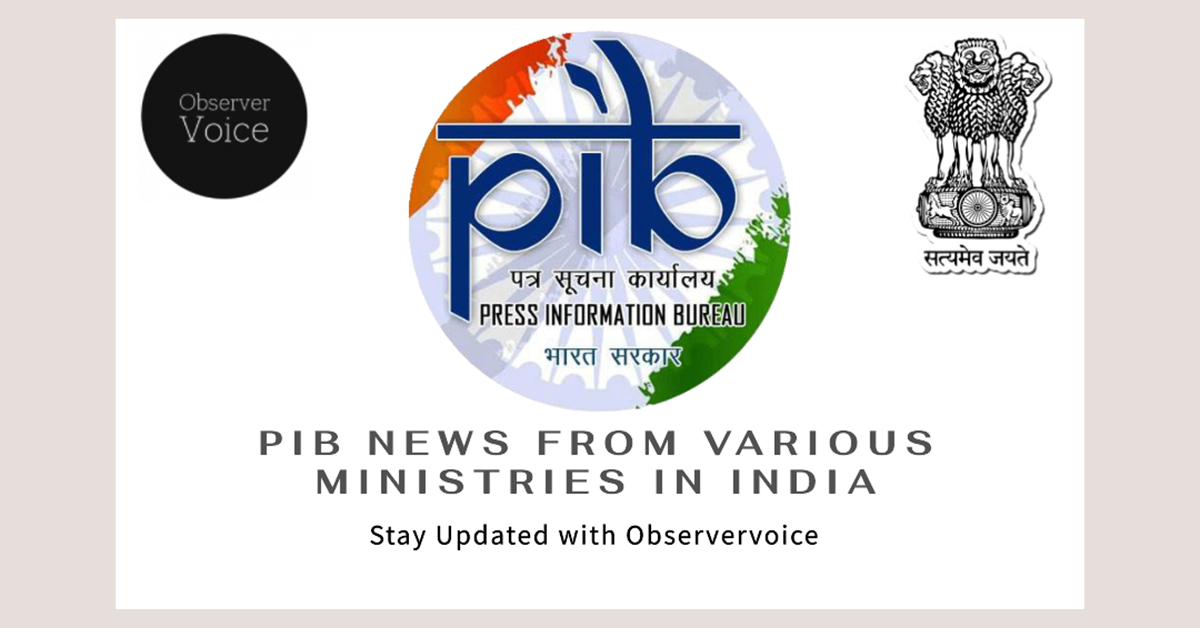New Regulatory Framework for Ground-Based Broadcasters in India

The landscape of television broadcasting in India is evolving. The Ministry of Information and Broadcasting (MIB) has introduced new guidelines that reshape how broadcasters can deliver their content. The “Guidelines for Uplinking and Downlinking of Satellite Television Channels in India, 2022” mandate that broadcasters primarily use satellite technology. However, advancements in technology now allow for terrestrial broadcasting methods, which include cable, fiber, and wireless communication. This shift necessitates a regulatory framework that accommodates these new methods while ensuring compliance with existing standards.
The Need for a New Framework
The rapid advancement of technology has transformed the broadcasting industry. Broadcasters can now deliver their channels through various terrestrial communication technologies. These include wireline options like cable and fiber, as well as wireless methods such as cellular, microwave, and Wi-Fi. This flexibility allows broadcasters to reach multiple Distribution Platform Operators (DPOs) simultaneously, enhancing the availability of content.
Recognizing these changes, the MIB has sought recommendations from the Telecom Regulatory Authority of India (TRAI) regarding a regulatory framework for ground-based broadcasters. This request was formalized in a letter dated May 22, 2024. The aim is to create a structure that allows service providers to fully utilize technological advancements while adhering to regulatory requirements. The need for a new framework is clear: as technology evolves, so must the regulations that govern it.
TRAI’s Consultation Process
In response to the MIB’s request, TRAI issued a Consultation Paper titled “Regulatory Framework for Ground-Based Broadcasters” on October 18, 2024. This document outlines the proposed regulations and invites feedback from stakeholders in the broadcasting sector. The consultation process is crucial for gathering diverse perspectives and ensuring that the new framework meets the needs of all parties involved.
As part of this process, TRAI held an Open House Discussion (OHD) on December 20, 2024. This event provided a platform for industry experts, broadcasters, and other stakeholders to voice their opinions and concerns. The feedback collected during this consultation will play a significant role in shaping the final recommendations. TRAI aims to create a balanced framework that supports innovation while maintaining regulatory oversight.
Key Recommendations for Ground-Based Broadcasters
Based on the feedback received during the consultation process, TRAI has finalized several key recommendations for ground-based broadcasters. These recommendations align closely with the existing guidelines for satellite broadcasters, with necessary adjustments to accommodate terrestrial methods.
One of the primary recommendations is that ground-based broadcasters should have the flexibility to use any terrestrial communication medium for delivering channels to DPOs. There will be no restrictions on the types of technologies used, allowing broadcasters to choose the systems that best suit their business needs. Additionally, ground-based broadcasters will be permitted to switch to satellite broadcasting if they obtain the necessary permissions from the Central Government.
Another important aspect of the recommendations is the service area designation. Ground-based broadcasters will operate at a national level, ensuring that their content can reach a wide audience. Furthermore, the MIB will assess whether Free Ad-Supported Streaming Television (FAST) channels comply with existing guidelines, potentially leading to new policy guidelines in consultation with TRAI.
Observer Voice is the one stop site for National, International news, Sports, Editor’s Choice, Art/culture contents, Quotes and much more. We also cover historical contents. Historical contents includes World History, Indian History, and what happened today. The website also covers Entertainment across the India and World.
Follow Us on Twitter, Instagram, Facebook, & LinkedIn

